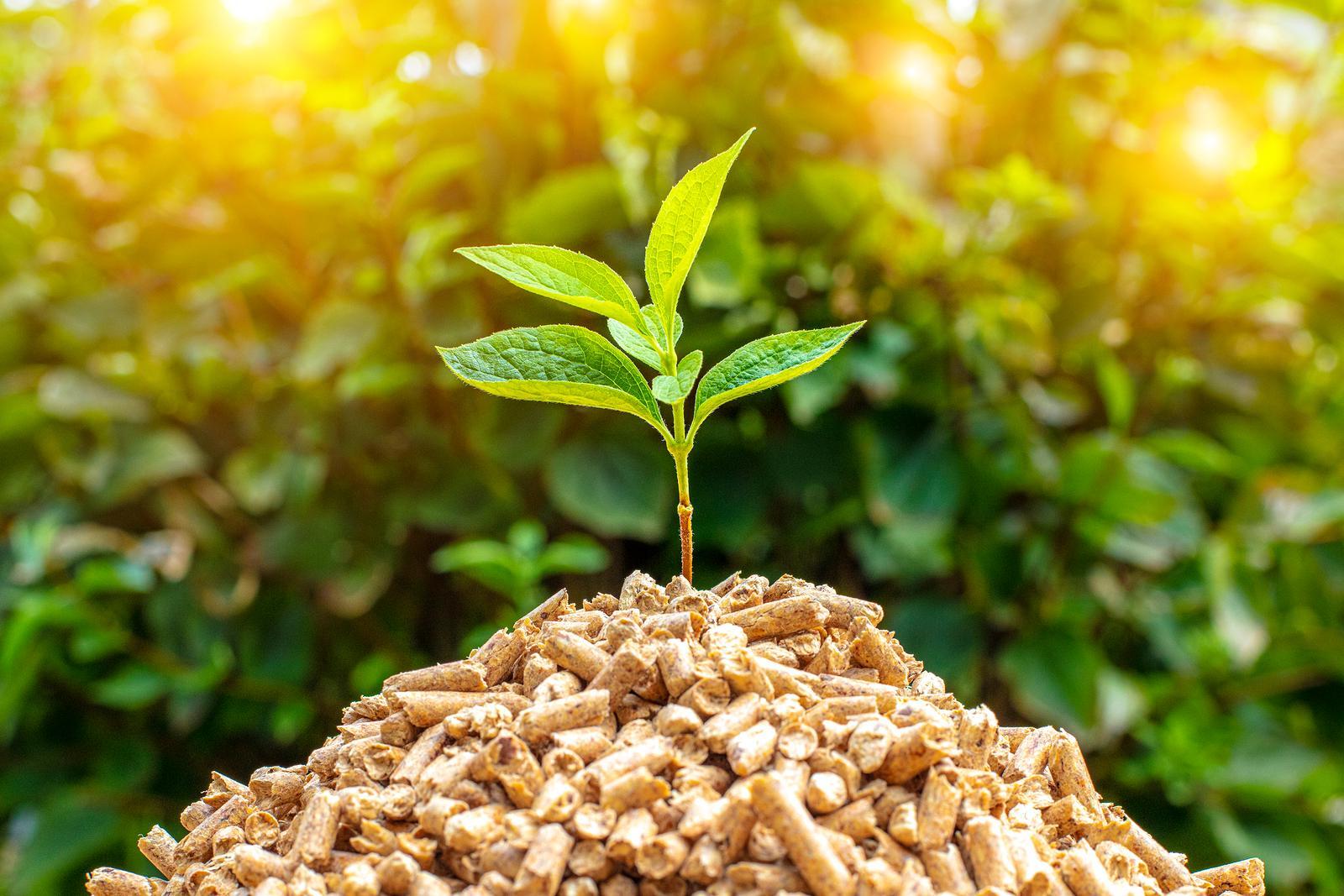
Norfolk Island Pine trees are fascinating plants that often get mistaken for true pines. Native to Norfolk Island in the Pacific Ocean, these trees can grow up to 200 feet tall in their natural habitat. However, they make excellent indoor plants, staying much smaller when potted. Norfolk Island Pines thrive in bright, indirect light and prefer slightly moist soil. They are not frost-tolerant, so keep them away from cold drafts. These trees are also known for their symmetrical shape and soft, needle-like leaves. Perfect for holiday decorations, they add a touch of greenery year-round. Ready to learn more? Let's dive into 21 intriguing facts about this unique plant!
What is a Norfolk Island Pine?
The Norfolk Island Pine is a unique and fascinating tree. Despite its name, it's not a true pine. Native to Norfolk Island in the Pacific Ocean, this tree has become popular worldwide as a houseplant and ornamental tree.
- The Norfolk Island Pine is scientifically known as Araucaria heterophylla.
- It belongs to the Araucariaceae family, which includes other ancient conifers.
- This tree can grow up to 200 feet tall in its natural habitat.
- As a houseplant, it typically reaches heights of 6-8 feet.
- The tree's symmetrical shape makes it a popular choice for Christmas decorations.
History and Origin
Understanding the history and origin of the Norfolk Island Pine adds depth to its allure. This tree has a rich background that dates back millions of years.
- Norfolk Island Pines are native to Norfolk Island, located between Australia, New Zealand, and New Caledonia.
- Captain James Cook discovered Norfolk Island in 1774 and noted the presence of these trees.
- Fossil records show that the Araucaria genus dates back to the Jurassic period, around 180 million years ago.
- The tree was initially used for ship masts due to its tall, straight trunk.
- Norfolk Island Pines were introduced to Europe in the late 18th century.
Growth and Care
Caring for a Norfolk Island Pine requires some knowledge about its growth habits and needs. These trees are relatively easy to maintain with the right conditions.
- Norfolk Island Pines prefer bright, indirect light but can tolerate low light conditions.
- They thrive in well-draining soil and should be watered when the top inch of soil feels dry.
- These trees are sensitive to overwatering, which can lead to root rot.
- They prefer cooler temperatures, ideally between 50-70°F.
- Norfolk Island Pines benefit from occasional misting to maintain humidity levels.
Unique Characteristics
Several unique characteristics set the Norfolk Island Pine apart from other houseplants and trees. These features contribute to its popularity and charm.
- The tree has soft, needle-like leaves that are arranged in a spiral pattern.
- Its branches grow in whorls, creating a tiered, symmetrical appearance.
- Norfolk Island Pines produce both male and female cones, although they rarely do so indoors.
- The tree's wood is lightweight yet strong, making it useful for various applications.
- Norfolk Island Pines can live for several decades, even as houseplants.
Environmental Impact
The Norfolk Island Pine plays a significant role in its native ecosystem and has various environmental benefits.
- These trees provide habitat and food for native bird species on Norfolk Island.
Norfolk Island Pine: A Living Marvel
Norfolk Island Pine isn't just a tree; it's a living marvel. Native to a small island in the Pacific, this tree has captured hearts worldwide. Its unique, symmetrical shape makes it a popular choice for indoor decoration, especially during the holidays. But there's more to it than just looks. This tree can live for hundreds of years, growing up to 200 feet tall in its natural habitat. It's also incredibly resilient, able to withstand salty winds and poor soil conditions. Whether you're a plant enthusiast or just someone who appreciates nature's wonders, the Norfolk Island Pine offers something special. So next time you see one, remember it's not just a pretty plant; it's a testament to nature's incredible adaptability and beauty. Keep exploring, and you'll find even more fascinating facts about this remarkable tree.
Was this page helpful?
Our commitment to delivering trustworthy and engaging content is at the heart of what we do. Each fact on our site is contributed by real users like you, bringing a wealth of diverse insights and information. To ensure the highest standards of accuracy and reliability, our dedicated editors meticulously review each submission. This process guarantees that the facts we share are not only fascinating but also credible. Trust in our commitment to quality and authenticity as you explore and learn with us.


